After Tchaikovsky's Symphony No 6 - what next?
James Jolly
Friday, July 27, 2018
Do you have a favourite piece of classical music and want to explore further? Our monthly feature suggests some musical journeys that venture beyond the most familiar works, with some recommended versions
One of the great Russian symphonies and a work of terrific power and emotional weight, the impetus for Tchaikovsky’s Pathétique remains enigmatic. Was it a kind of musical suicide note (a theory, now largely rebutted, set running by Alexandra Orlova in 1979) or was it something more universal, another meditation on Fate? The composer himself admitted that the work had something of the requiem about it, and its intensity, combined with the fact that Tchaikovsky died just nine days after conducting the work’s premiere, invite many different theories. Then there’s the seemingly final (and applause-inducing) chords of the third movement, only to be suceeded by a finale of desolation, its almost whispered end hinting at oblivion. Maybe the mystery of its creation adds to its power.
The Pathétique is a multifaceted work which – inspired by Teodor Currentzis’s new recording – suggests four different journeys.
⦿ MusicAeterna / Currentzis (Sony Classical)

Heart on sleeve
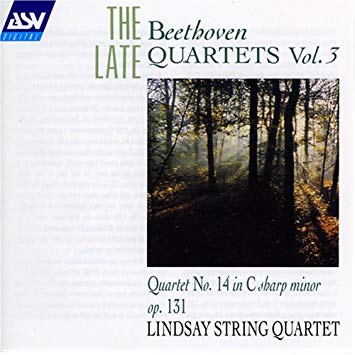
Beethoven String Quartet in C sharp minor, Op 131 (1826)
This is abstract music at its most undefinable and, like the Tchaikovsky, operates at a level far above any kind of earthbound narrative. Unconventionally presented in seven movements, Beethoven’s Op 131 sits among the late quartets, works that challenge the form. Its range and ambition led many later composers to despair: Schubert wondered how he could possibly write a string quartet again, while Schumann was lost for words. Its message seems to be the human quest for some kind of spiritual domain that keeps eluding us, yet it ends in a mood of consolation, its very humanity offering peace and calm.
⦿ The Lindsays (ASV)
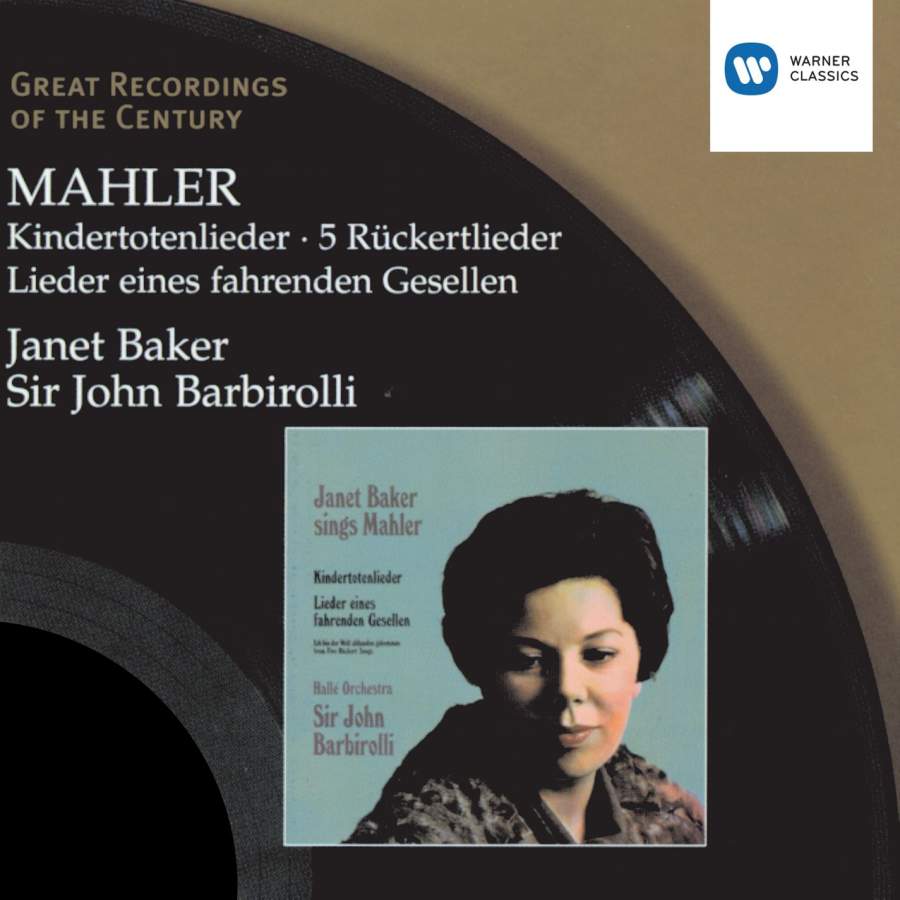
Mahler Rückert-Lieder – ‘Ich bin der Welt abhanden gekommen’ (1901)
This extraordinary song – perhaps the greatest Mahler ever wrote – seems to draw on the sense of isolation explored in ‘Um Mitternacht’ (another song in the cycle) and anatomises it to create something more universal. ‘I am dead to the world’s tumult’, Rückert says, and Mahler’s music lifts the text into music of almost out-of-body peace, not unlike the destination of Beethoven’s Op 131.
⦿ Baker; New Philharmonia / Barbirolli (Warner Classics)
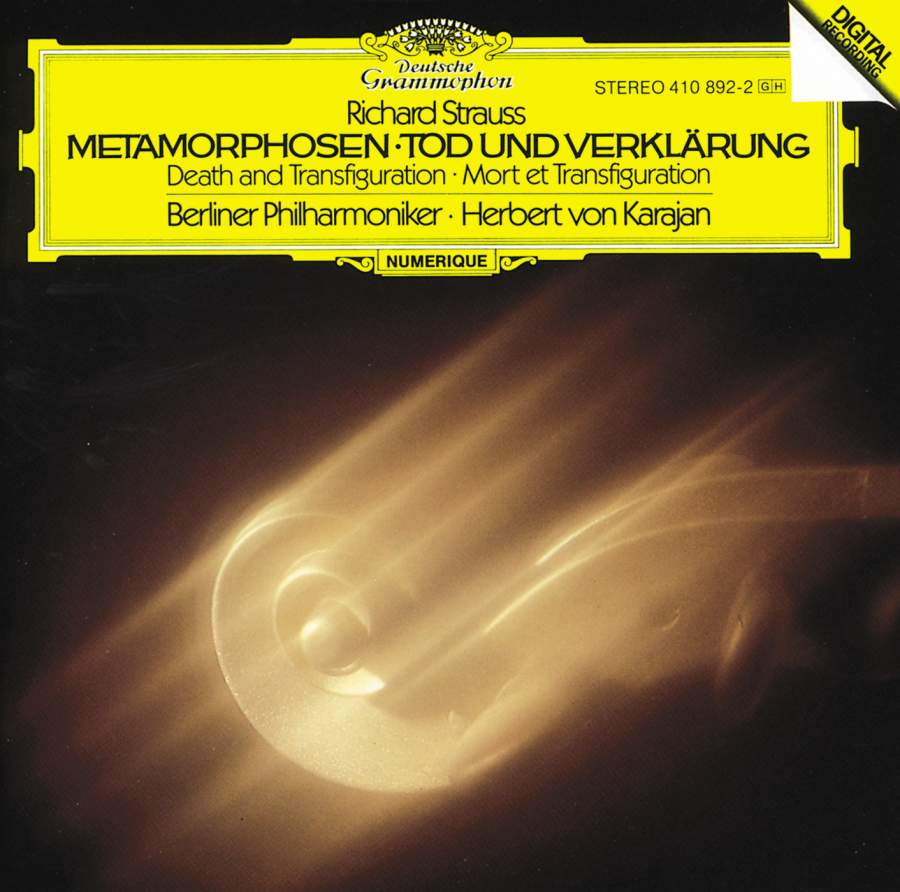
R Strauss Metamorphosen (1946)
The destruction of the Vienna State Opera House by allied bombing in March 1945 may well have provided the impetus for this Paul Sacher-commissioned work for 23 solo strings. Weaving in a quotation from the funeral march of Beethoven’s Eroica, the work can be seen as an elegy for the destruction of German culture (many major opera houses were razed to the ground), but others have suggested a more philosphical interpretation. As pure music, though, it’s a powerful and compact work that can’t fail to move.
⦿ Berlin Philharmonic Orchestra / Karajan (DG)
Melodic richness from Russia
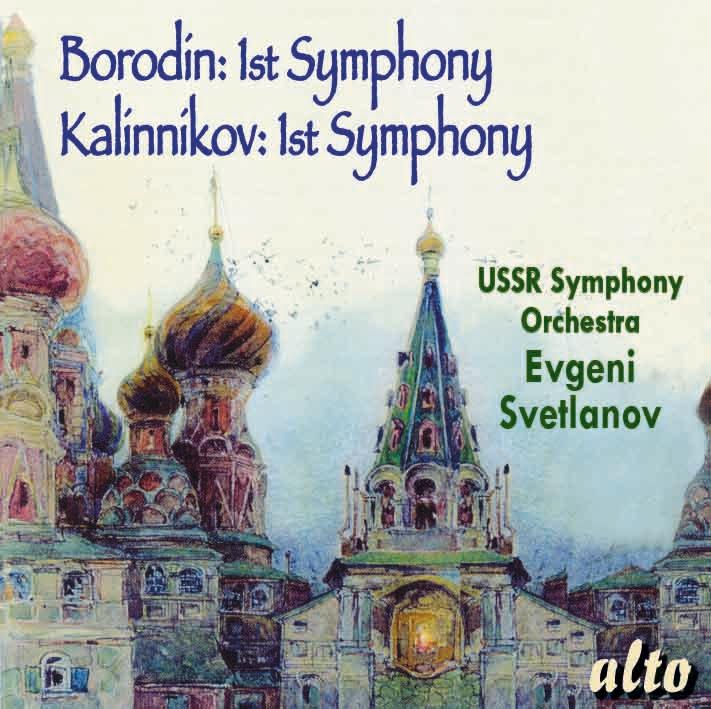
Kalinnikov Symphony No 1 (1895)
If the big melodies of Tchaikovsky’s Pathétique push your buttons, then do try Vasily Kalinnikov’s First Symphony: it has a glorious melody in the first movement (reprised in the finale) that will stick with you for days. Kalinnikov was admired by Tchaikovsky and recommended for a job by him, but the tuberculosis that would cut him down aged only 35 prevented him from taking up the post. This symphony is his best-known work and a real treasure.
⦿ USSR SO / Svetlanov (Alto et al)

Myaskovsky Symphony No 1 (1908)
It was a performance of the Pathétique, conducted by Artur Nikisch in 1896, that inspired Nikolai Myaskovsky to become a composer. Described by many as the Father of the Soviet Symphony (he’d write 27 between 1908 and ’49), his three-movement First Symphony is very much in the traditional mould, with big melodies and rich, plush orchestration. Long, bass-dominated lines characterise the powerful first movement, the central Larghetto sings soulfully and the finale has a galumphing charm. Well worth hearing.
⦿ State Academic SO of Russia / Svetlanov (Warner Classics)
Music of Farewell
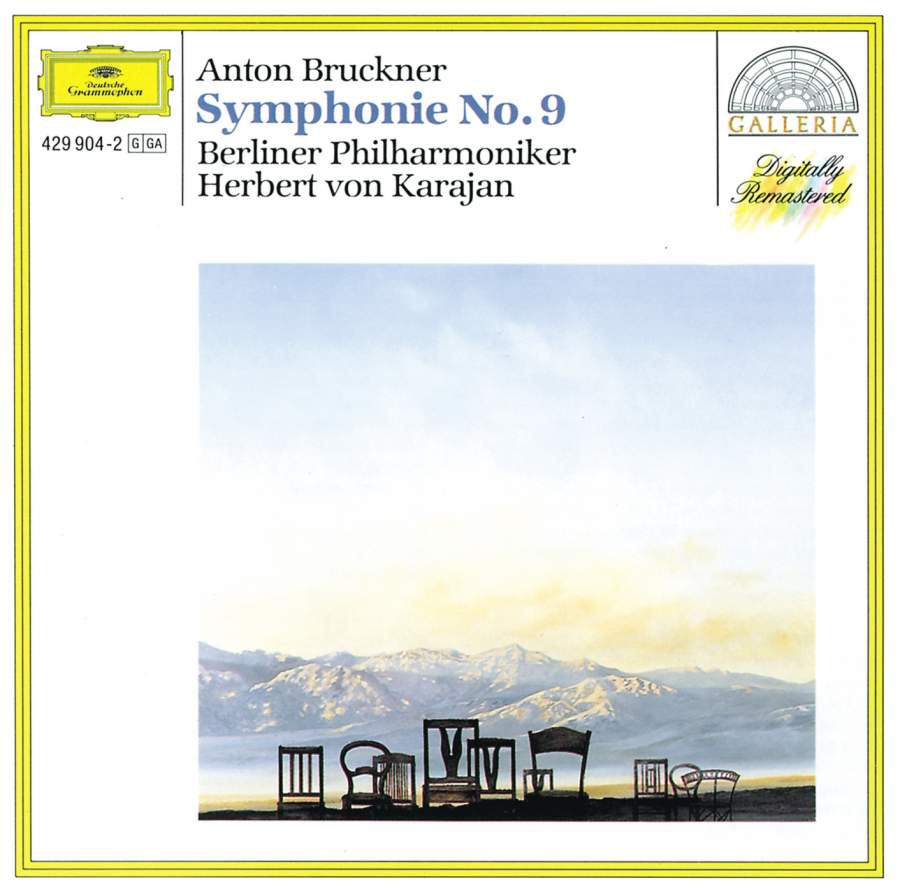
Bruckner Symphony No 9 (1896)
Left incomplete at Bruckner’s death, this three-movement work is, like Schubert’s Unfinished, complete in its incompleteness. Powerful and measured, its finale was described by the composer as a ‘farewell to life’, and its long-breathed string textures perhaps prefigure a language that Mahler would exploit to powerful effect in his slow movements. In a great performance, it’s overwhelming.
⦿ Berlin Philharmonic Orchestra / Karajan (DG)
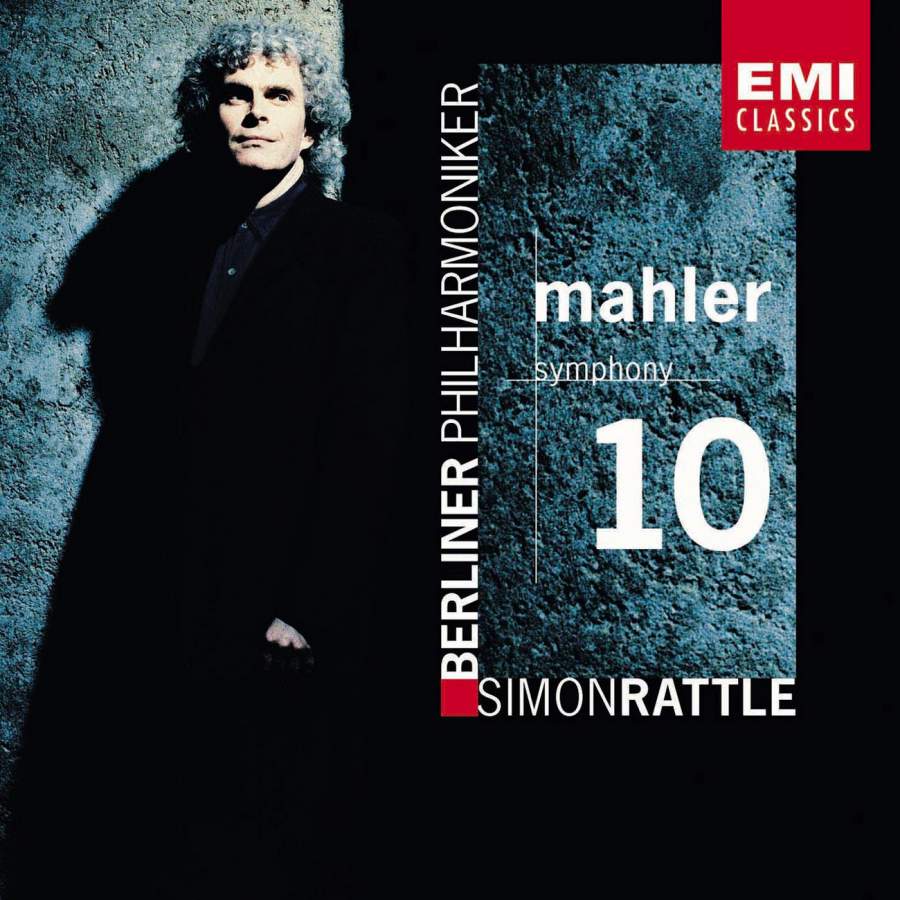
Mahler Symphony No 10 (1910)
Another unfinished symphony, Mahler left the work in short score almost from start to end, with the opening Adagio left closest to a performing state. Deryck Cooke made an edition that has become a repertoire work, championed by the likes of Rattle, Chailly and Harding. Mahler’s most tonally advanced composition, this is a work that seems to glimpse into the future, evoking a world of devastation and despair. Its power is undeniable and provides a tantalising view of what the world lost when Mahler died aged just 50.
⦿ Berlin Philharmonic Orchestra / Rattle (Warner Classics)

Suk Asrael (1907)
The subject of this month’s ‘Gramophone Collection’ (page 108), Suk’s symphony was prompted by the deaths of both Dvo∑ák and Suk’s wife, Otilie. Its emotional span is very broad and the work culminates in a mood of consolation that, like Beethoven’s Op 131, seems to be glimpsed in a place beyond man’s day-to-day experience.
⦿ Czech Philharmonic Orchestra / Mackerras (Supraphon)
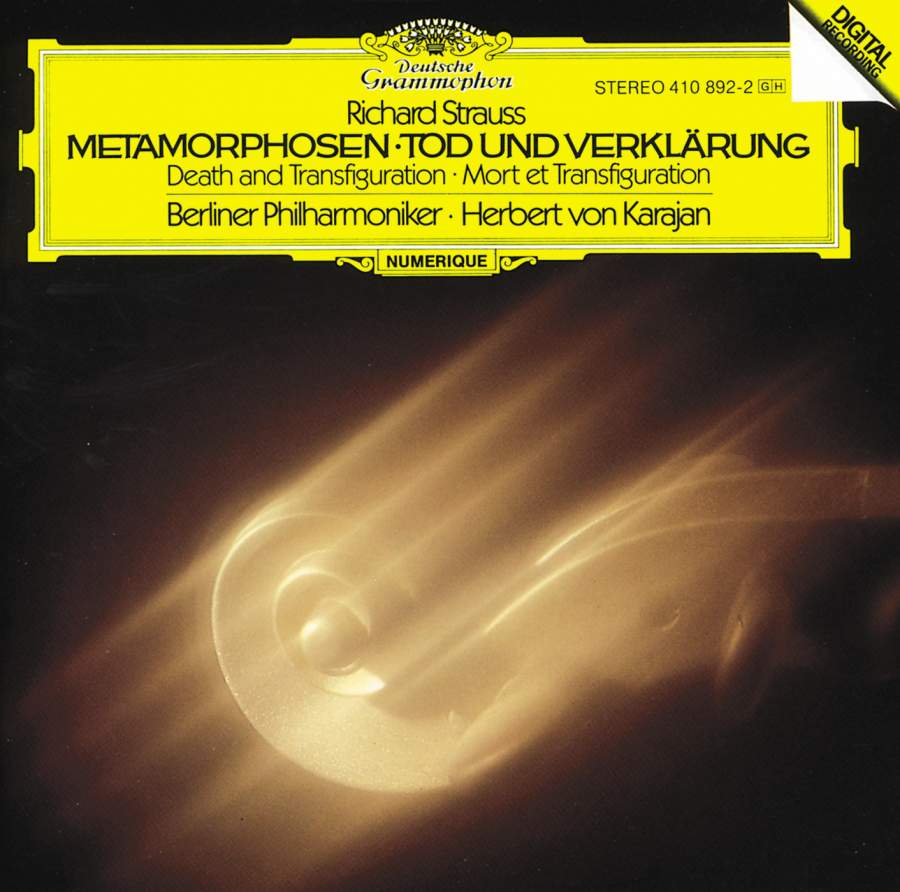
R Strauss Tod und Verklärung (1889)
It might be odd for a young man of 25 to be drawn to portraying an artist’s death, but Strauss achieves this ambitious vision of the end-of-life experience (‘Death and Transfiguration’) with remarkable concentration. More overtly programmatic than any of the other pieces recommended here, it reveals the youthful Strauss’s masterly control of the orchestra.
⦿ Berlin Philharmonic Orchestra / Karajan (DG)
A modern masterpiece
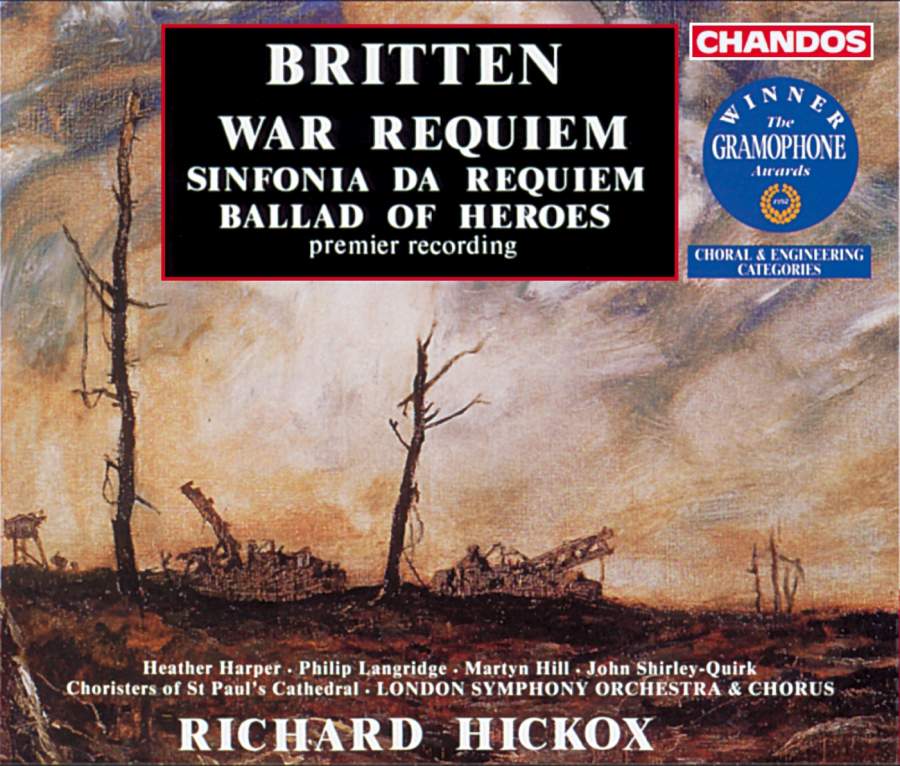
Britten Sinfonia da Requiem (1940)
Another youthful work – Britten was 26 – but with a maturity and confidence that still astonishes. Commissioned by the Japanese government to mark the 2600th anniversary of the founding of the Emperor of Japan, it was rejected because of its use of a Catholic title, Latin movement names and its sombre mood. But it was a success at its premiere and has become a powerful example of the composer’s purely orchestral output. Written in the midst of war, it has a fierce intensity that speaks of deep personal and political beliefs challenged by uncontrollable external events.
⦿ London Symphony Orchestra / Hickox (Chandos)
Available to stream at Qobuz











